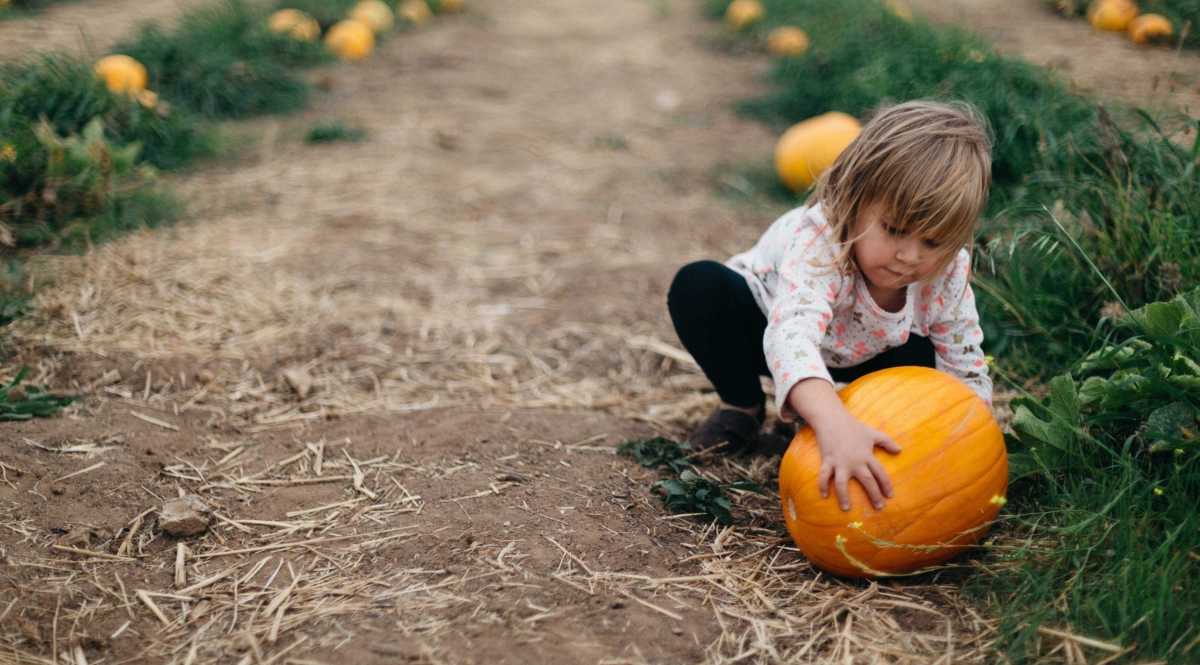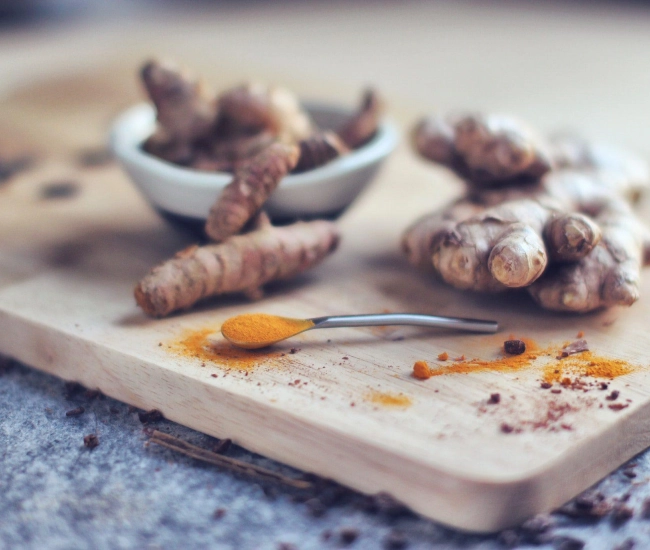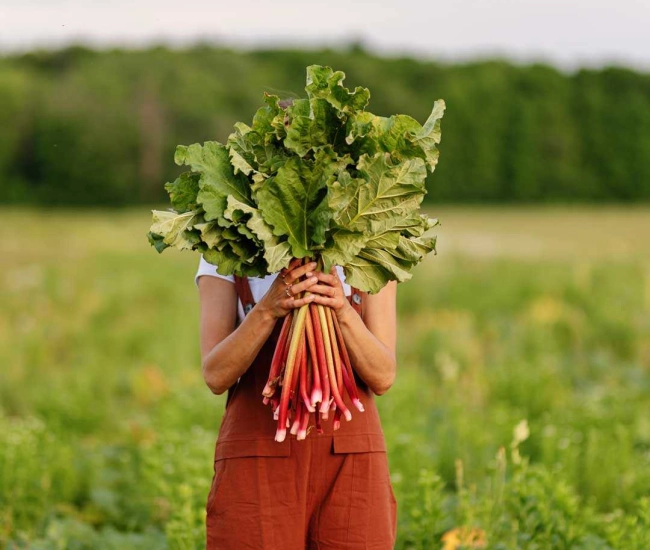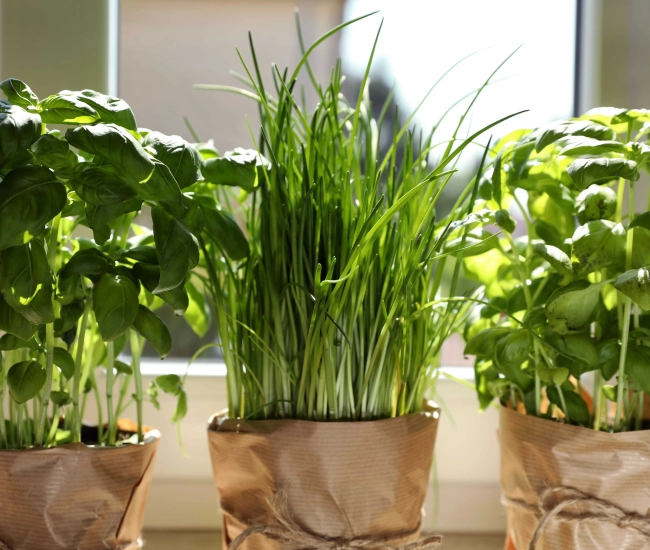
The Thousand and One Facets of Squashes: Garden, Giant, Musky
Squashes, for the most part, originate from South America. The First Nations have used them for millennia in the famous association of the three sisters. This companionship consists of: corn, beans, and squashes.
In this association, corn serves as a support for the beans. The beans provide nitrogen to the corn and the squashes, as legumes have the ability to fix nitrogen from the air and soil. Squashes, on the other hand, protect the soil and promote moisture conservation.
Squashes were introduced to Europe in the early 16th century after the voyages of Christopher Columbus. These fruit-vegetables are said to be "unstable," meaning they easily give rise to different plants because they naturally hybridize with each other. For this reason, they are the origin of many shapes.
Squashes are good for your health because they contain:
- phosphorus
- magnesium
- potassium
- iron
- manganese
- copper
- vitamins A, B1, B2, B6, B9, C, and K.
They come from four major species:
Garden Squashes
This category includes zucchinis, long and more or less green, and pattypans, which are round and flat fruits, more or less large, pale green or yellow. These are summer squashes that you pick as they ripen.
The others are winter squashes that you harvest just before the first frosts and that you can store for several months. The most well-known, not only for decoration but also for eating, are pumpkins. More or less large and orange, they have slightly sweet flesh.
Spaghetti squashes, with elongated pale yellow fruits, and stripetti squashes, striped with green, give filaments that resemble spaghetti once cooked. The flesh is not very tasty and needs seasoning.
Acorn squashes are much more flavorful. They are round or elongated, green or orange, with deep grooves. The flesh is orange.
Delicata squashes are pale yellow with fine green or orange stripes. Their yellow flesh has a slightly sweet taste of fresh corn or nuts depending on the variety.
Buttercup squashes, round but flat on the top and bottom, have dark green skin with light green stripes. The yellow-orange flesh is soft and rather sweet.
Giant Squashes
Often confused with pumpkins, squashes are round and flat at both ends. They have orange skin that varies from dark to pale. Their flesh is fine, orange, and quite sweet.
Hokkaido squashes are quite similar to pumpkins, but the top is pear-shaped and the skin is dark orange. Their yellow flesh has the taste of chestnuts.
Hubbard squashes are pear-shaped. Their hard, ridged skin is mainly gray-blue but also dark green or reddish-orange. The yellowish flesh is moderately sweet.
Turban squashes, or turban gourds, are surely the most spectacular squashes. A round and flat squash, most often orange, is topped with a smaller outgrowth with very variable tones of white, green, and orange. The sweet, very sugary flesh has nutty aromas.
Musky Squashes
They are mainly represented by butternut squashes. These are elongated, more or less swollen at the base. The very orange flesh is tasty and moderately sweet.
Gourds
These are small, very colorful squashes, whose flesh is not edible. They are used for decoration.
An Easy Cultivation
To successfully grow your squashes, you need to gather three elements:
- space
- very rich soil
- lots of water.
Many squashes are known as "runners." They grow by developing long stems that creep along the ground. Therefore, you need to allocate a lot of space for them. You can always grow them vertically, but you will then need to find a way to support the fruits, which usually become quite heavy. If you lack space, you can grow them in pots (not too high) and let the stems run in a flower bed, on a patio, or even on a driveway.
To obtain rich soil, before planting zucchinis, generously amend the soil with compost. If you choose to sow directly in the garden or in a pot, plant three or four seeds in holes 2 cm deep. Once the plants are 10 cm high, keep only the two most vigorous ones. If you decide to use plants, install your squashes when the soil is warm, at the same time as your tomatoes.
Apply a natural fertilizer (not too rich in nitrogen) a month after the first flowers to reinvigorate the plants. In pots, use a slow-release fertilizer or make two applications.
Squashes like to have moist soil, so you need to monitor watering between planting and when the fruits are ripe. In pots, it is imperative to follow the watering closely.
Squashes also need warmth to grow well, but in this case, you can only endure the climatic conditions. By finding the warmest spots in your garden, you improve your chances of success.
Whether for seeds, plants, fertilizers, soil, or advice, the Passion Jardins experts in your region are there to help you.
Tips and advice



